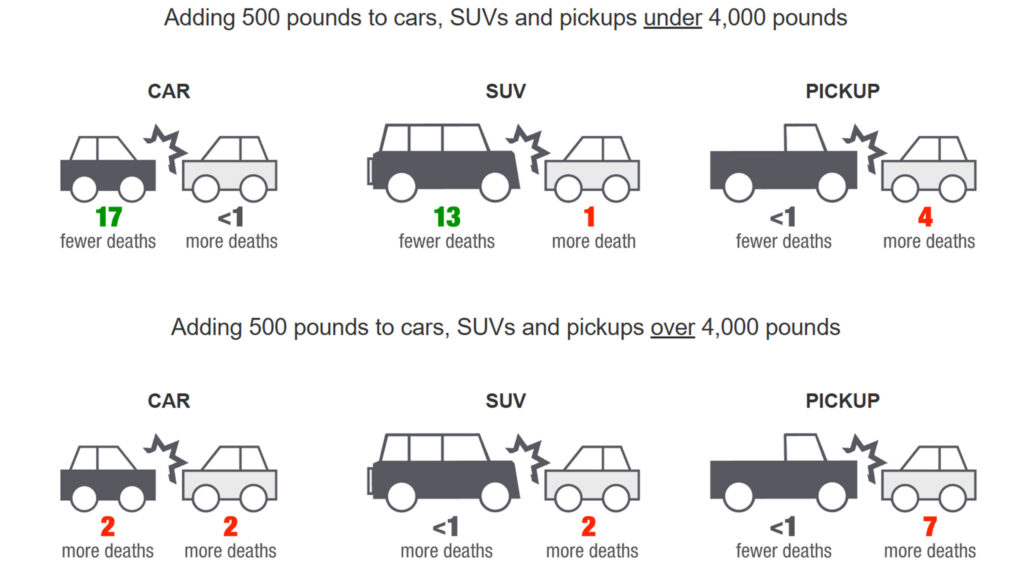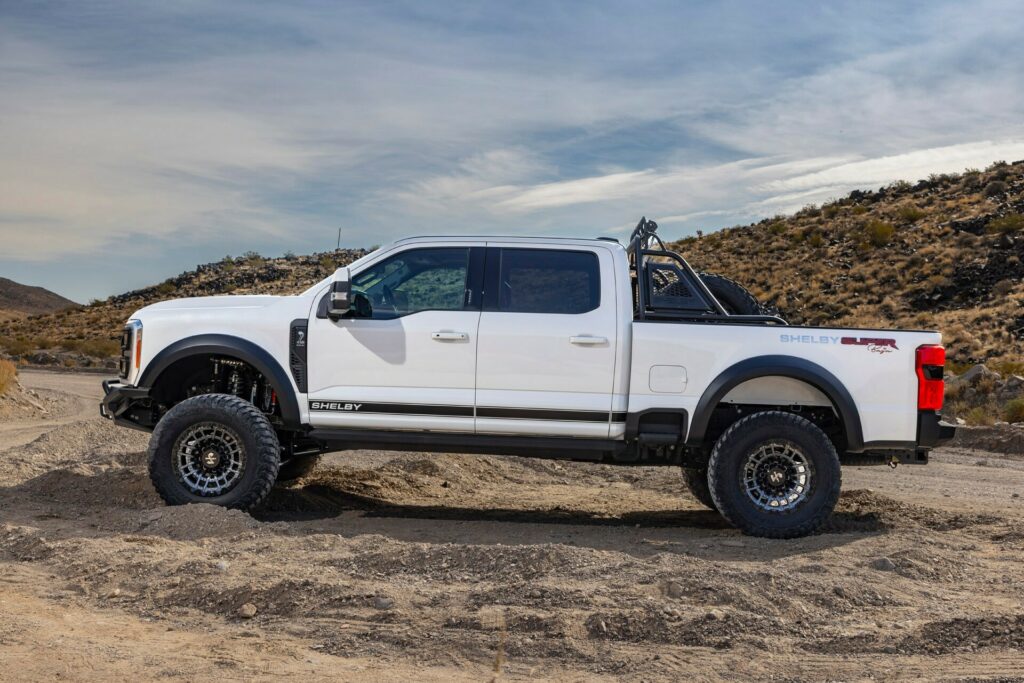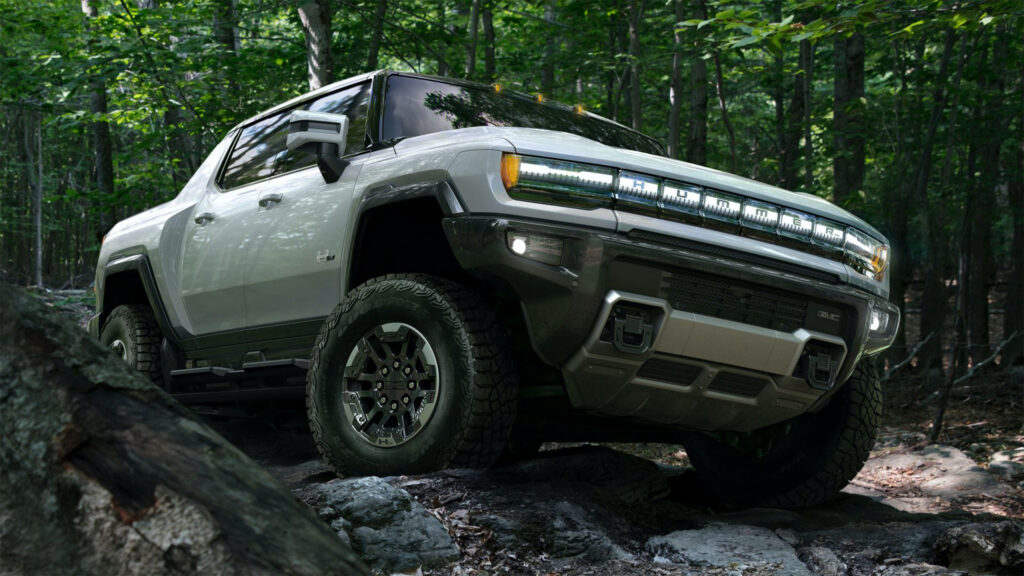- A new study reveals how differently-sized vehicles perform in crashes and why it matters.
- Adding 500 lbs to the average weight of a pickup only slightly reduces the driver death rate.
- Heavier vehicles pose a greater danger to lighter cars, especially during head-on crashes.
Many motorists believe that the bigger the vehicle, the safer it will be in a head-on collision. After all, if you’re driving a tank, how could anything possibly go wrong? However, a recent study by the Insurance Institute for Highway Safety (IIHS) reveals that there’s a point where “bigger” doesn’t necessarily mean “better.” In fact, the study shows that vehicles heavier than the fleet average offer little to no improvement in safety—and, in some cases, pose a greater risk to drivers in other vehicles.
On average, new vehicles sold in the US weigh roughly 4,000 lbs (1,814 kg). Obviously, the average SUV and pickup is heavier than the average car which, during the 2017-22 period, was roughly 3,308 lbs (1,500 kg). New data reveals that for vehicles weighing less than the fleet average, the risk that occupants will be killed in a crash decreases significantly for every 500 lbs (227 kg) of additional weight. But, adding weight to beyond that 4,000 lbs average makes little difference.
Read: Your Reflective Jacket Could Be Making Pedestrian Safety Tech Less Effective
For example, adding 500 lbs to cars below the fleet average reduced the driver death rate by 17 deaths per million registered vehicle years. By comparison, adding 500 lbs to the average weight of a pickup truck only reduced the driver death rate by one death per million registered vehicle years.
The IIHS has been studying the crash compatibility of different vehicle sizes for years. The compatibility of different-segment vehicles has improved over time, with modern pickups and SUVs now having front ends that better align with those of smaller cars.

Between 2011-2016, occupants of cars were 90% more likely to die in crashes with SUVs weighing over 5,000 lbs compared to crashes with other cars. Things have improved since then. Crash data from 2017-2022 shows that this increased risk of car occupant fatalities dropped substantially to 20%. Similarly, pickup trucks were 2.5 times as likely as cars to cause car fatalities in 2011-2016, and this has since dropped to less than twice as likely in 2017-2022.
“It’s a positive development that cars and SUVs are now closer in weight,” IIHS President David Harkey said. “These numbers show that transitioning to lighter pickups could have big benefits too, especially since many drivers don’t use their trucks for carrying heavy payloads.”
According to IIHS senior statistician Sam Monfort, “Vehicles that are heavier than average are more likely to crash into vehicles lighter than themselves, while the reverse is true for vehicles that are lighter than average. What this analysis shows is that choosing an extra-heavy vehicle doesn’t make you any safer, but it makes you a bigger danger to other people.”
So, the next time you think about upgrading to a heftier SUV or pickup in the name of safety, maybe pause and ask yourself: Are you really helping your own odds, or just making the roads a little bit more dangerous for everyone else?




